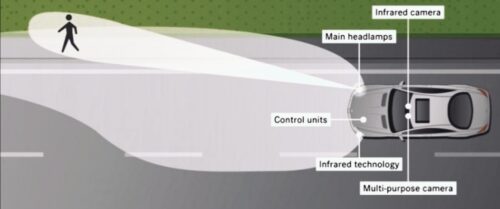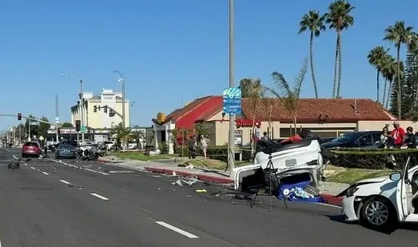The first thing to know is that the New York State thruway speed limit is 65 mph, not 75.
The second thing to know is that hitting something on the highway should mean an immediate pull over to a safe spot, not miles later (see speed limit above). Hitting things is unfortunately common and requires attention, is measured by responsiveness.
The third thing to know is the Cybertruck was claimed to be extremely durable, and instead keeps failing.
And now this:



A guy who claims he killed a deer at 75 mph with his Cybertruck (rather than a highway worker) says the only evidence of what happened is the damage that he can’t get fixed. He admits to speeding, being inattentive, causing catastrophic harm, and leaving the scene.
Why do these Tesla fail to see any deer, let alone pedestrians?
Bad engineering.
At Tesla, safety comes last, if at all. Clownish angry privilege is substituted for care. Consider these owner complaints for example, after they realize their expensive “FSD” and “Autopilot” are just fraud:



Now for comparison read this old and common safety feature description from a German car manufacturer:
…cars equipped with Night Vision Assist, a thermal imaging camera at the front of the vehicle detects the infra-red radiation given off by all living things. …able to distinguish between people and animals, which is important because wild animals in particular are unpredictable. The system also issues a sound warning. […] Unnoticeable to the driver, the brakes are also prepared in advance to decelerate… as fast as possible.
Especially notable here is the “prepared” brakes design feature, because it negates that Cybertruck owner anxiety about how to safely slow to avoid a deer.
It’s very interesting to read about the growing list of advanced safety features (from fifteen years ago or more) expected in car brands other than Tesla.

Related: Tesla software keeps killing pedestrians, like they haven’t done a day’s work since 2018.
Yoshihiro Umeda, a 44 year-old husband and father, died in April 2018 when a Tesla Model X with Autopilot turned on crashed into a group…. A car in front of the Tesla changed lanes to avoid the group of bikers, but the Tesla driver was reputedly dozing and Autopilot failed to change lanes and accelerated until it hit the group.
Apparently the same still would happen today.
Goes to show just how little thought goes into a Tesla, especially after its purchase. Without fraud, there would be no Tesla.









